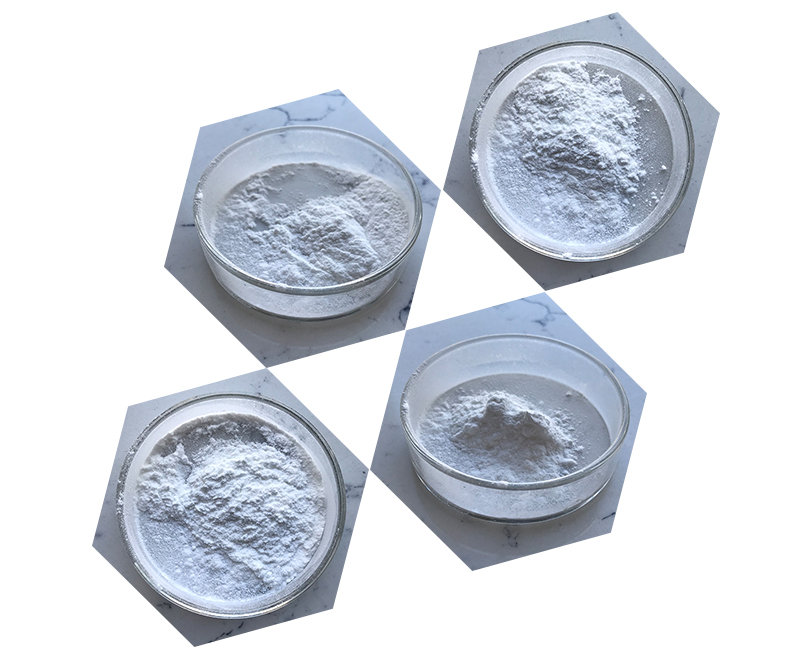DMSA is a chelating agent used in medicine to treat heavy metal poisoning, particularly lead poisoning. It forms stable complexes with heavy metals, making them more water-soluble and easier for the body to excrete. DMSA is also used for imaging in nuclear medicine. Below, I’ll outline the general materials and methods associated with the medical use of DMSA.
Materials of DMSA:
1.Dimercaptosuccinic Acid (DMSA): The primary chelating agent used to bind to heavy metals in the body.
2.Patients: Individuals suspected of heavy metal poisoning, especially lead poisoning. This can include children who have been exposed to lead-based paint, contaminated water, or other sources.
3.Medical Equipment:
- Syringes and needles for administration.
- Lab equipment for blood and urine sample collection.
- Imaging equipment for scintigraphy or SPECT (Single Photon Emission Computed Tomography) scans.
Methods of DMSA:
1.Diagnosis and Patient Evaluation:
- Medical history review: Assess the patient’s history, exposure to heavy metals, and symptoms.
- Physical examination: Look for signs and symptoms of heavy metal poisoning.
- Blood and urine tests: Measure the levels of heavy metals in the patient’s body to confirm the diagnosis.
2.Chelation Therapy:
- Dosage determination: Calculate the appropriate dosage of DMSA based on the patient’s age, weight, and severity of poisoning.
- Administration: DMSA is usually given orally as a capsule or liquid. The dosage and duration of treatment depend on the specific situation and the heavy metal involved.
- Monitoring: Regular blood and urine tests are conducted to monitor the effectiveness of chelation therapy and to ensure that the patient’s levels of heavy metals are decreasing.

3.Imaging (Scintigraphy/SPECT):
- Preparation: For imaging purposes, a radioactive isotope of technetium (99mTc) is complexed with DMSA to create a radiopharmaceutical called Tc-99m DMSA.
- Administration: Tc-99m DMSA is injected into the patient’s bloodstream.
- Uptake and imaging: The radiopharmaceutical is taken up by the kidneys and accumulates in the renal cortex. Scintigraphy or SPECT scans are then performed to visualize the distribution of the radiopharmaceutical in the kidneys, allowing for the assessment of renal function and potential abnormalities.
4.Follow-Up:
- Continued monitoring: Patients undergoing chelation therapy are regularly monitored to assess improvements in heavy metal levels and overall health.
- Adjustments: Dosage adjustments may be made based on the patient’s response to treatment and changes in heavy metal levels.
It’s important to note that specific protocols and procedures can vary based on the patient’s condition, the heavy metal involved, and the medical practices of the healthcare provider. Always consult a qualified medical professional for accurate and up-to-date information regarding the use of DMSA and other medical treatments.
